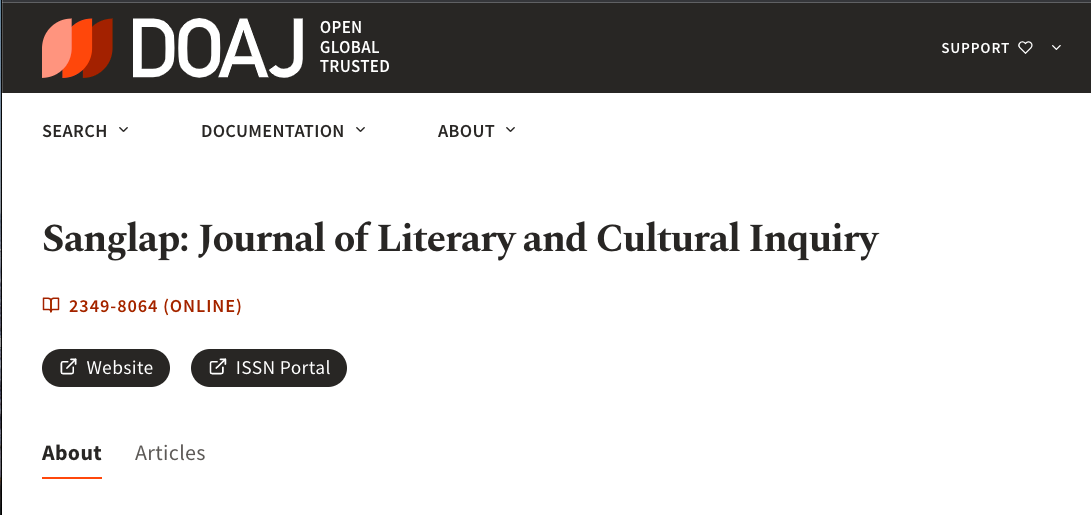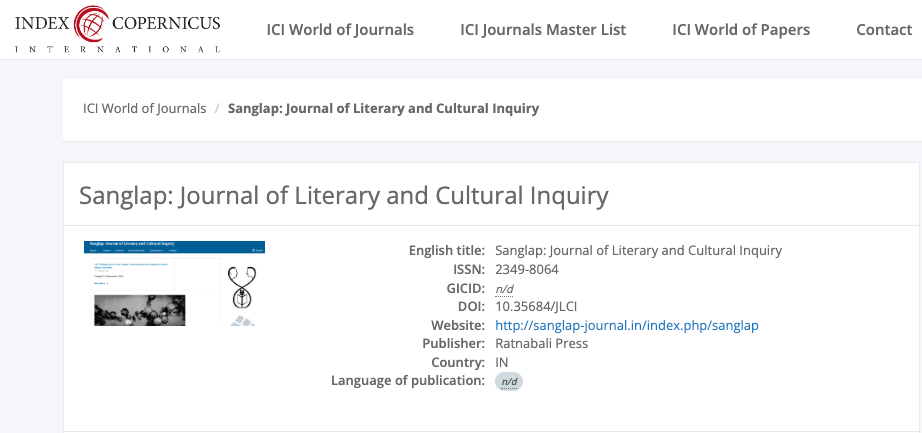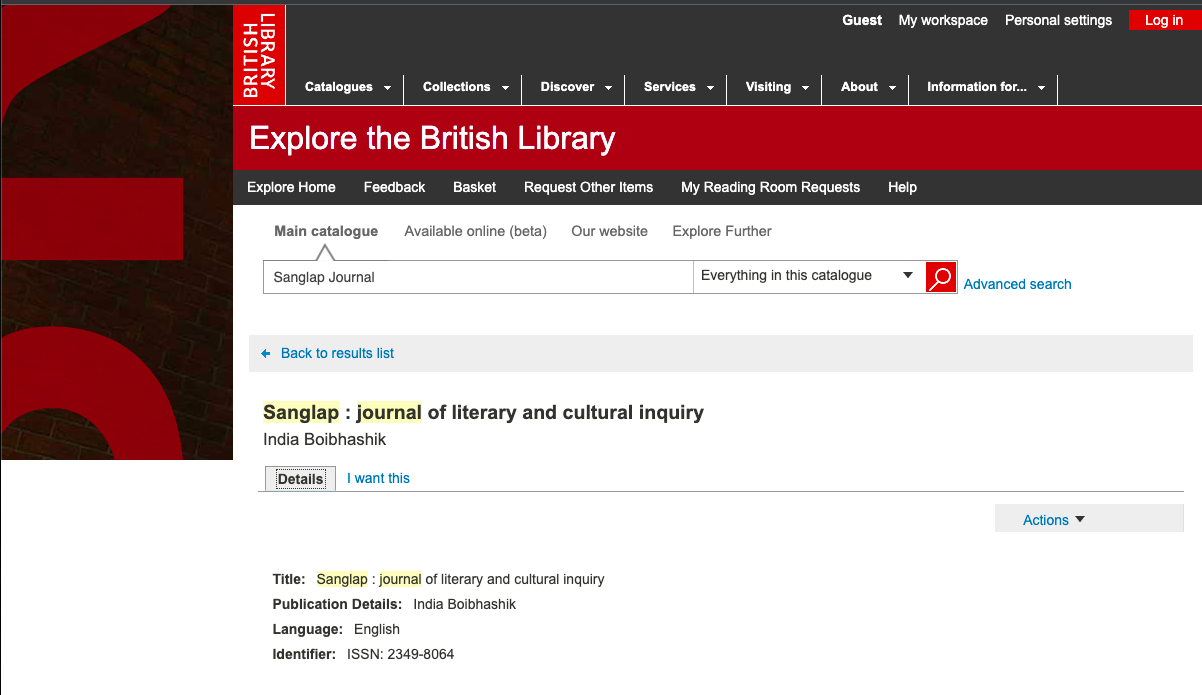Gaia Theory and the Anthropocene:
Radical Contingency in the Posthuman Future
Keywords:
Latour, Lovelock, Gaia hypothesis, Posthumanism, Plastics, Systems theoryAbstract
Good readings of the Gaia hypothesis of James Lovelock understand the theory as positing multiple, interlocking Earth systems, characterized by rapidly-changing feedback loops, in a way that is harmonious both with Darwinian evolution and contemporary climate science. The dawning of the geologic epoch of the Anthropocene offers little comfort for those who would like to preserve a providential role for human beings in the unfolding of planetary systems. The climate crisis and its attendant catastrophes demonstrate that human beings cannot control themselves, much less the Earth systems on which they depend. The Gaia hypothesis, properly understood, provides an insight into the shock of radical contingency, the realization that the Earth and life can go along perfectly well without human beings. The Gaia hypothesis provides a good framework for seeing the place of humanity at the dawn of the Anthropocene, a decentering of the human even as humanity alters every Earth system and biome.











